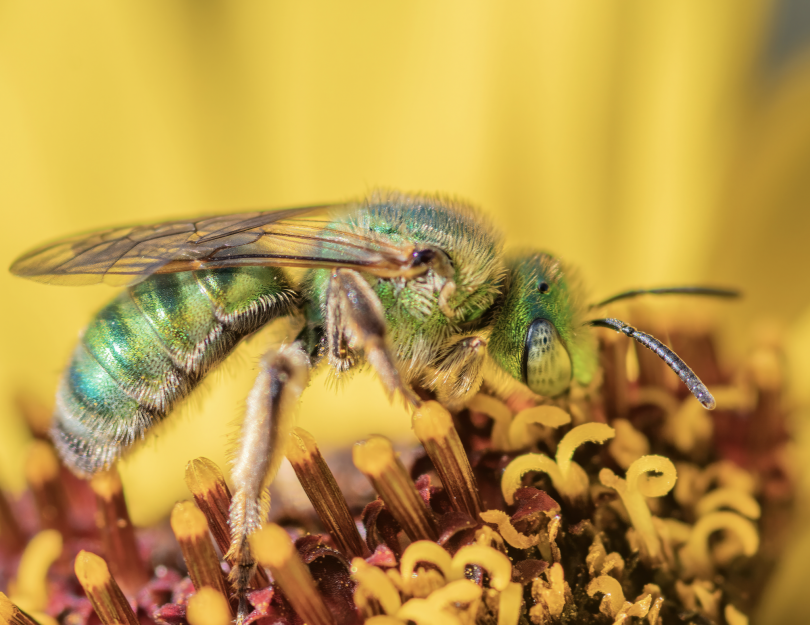"Tapeworm Tails: Signals that drive Stem Cell-dependent Regeneration in Hymenolepis diminuta"
 Dr. Tania Rozario | Rozario Lab
Dr. Tania Rozario | Rozario Lab
Bio:
Tania Rozario got her PhD from the University of Virginia studying embryonic development. During her postdoc she joined Phil Newmark's lab (Morgridge Institute for Research, WI) to study planarian regeneration but pivoted toward their parasitic cousins- tapeworms. Her work (re)established the rat tapeworm, Hymenolepis diminuta, as a non-traditional model to explore the molecular mechanisms that govern how tapeworms grow, regenerate, and reproduce at prolific rates. In 2021, she established her independent lab at the University of Georgia where her work understanding extrinsic and intrinsic signals that regulate tapeworm stem cells continues.
Abstract:
Tapeworms grow at rates that rival all metazoan tissues, including during embryonic and neoplastic growth. The rat tapeworm, Hymenolepis diminuta, produces up to 2,200 proglottids (segments), increasing in length up to 3,400 fold, and weight up to 1.8 million fold within the first 15 days of infection. Tapeworms can also regenerate: they shed large parts of their body, releasing their embryos to continue their life cycle, yet are able to continuously replenish proglottids and maintain an equilibrium length. Despite their impressive feats of growth, regeneration-competence is limited to one anatomical region- the neck. Using transcriptomics and RNA interference we have functionally validated the first molecular regulators of tapeworm regeneration and demonstrated that regeneration is dependent on a large population of poorly understood stem cells. Uncovering neck-exclusive stem cell subpopulations that can explain regionally restricted regeneration has remained elusive. Instead, we find that lethally irradiated tapeworms can be rescued from death when cells from both regeneration-competent and regeneration-incompetent regions are transplanted into the neck, suggesting that extrinsic signals at the neck are crucial for regeneration. In pursuit of such signals, we have discovered that the head has an organizer-like function. The head both maintains neck identity and regulates stem cell proliferation by establishing polarized expression patterns of Wnt signaling components like sfrp and beta-catenin. Our work is beginning to elucidate how the head and neck provide a rich signaling environment that enables region-specific regeneration in tapeworms.
Watch the seminar here!


